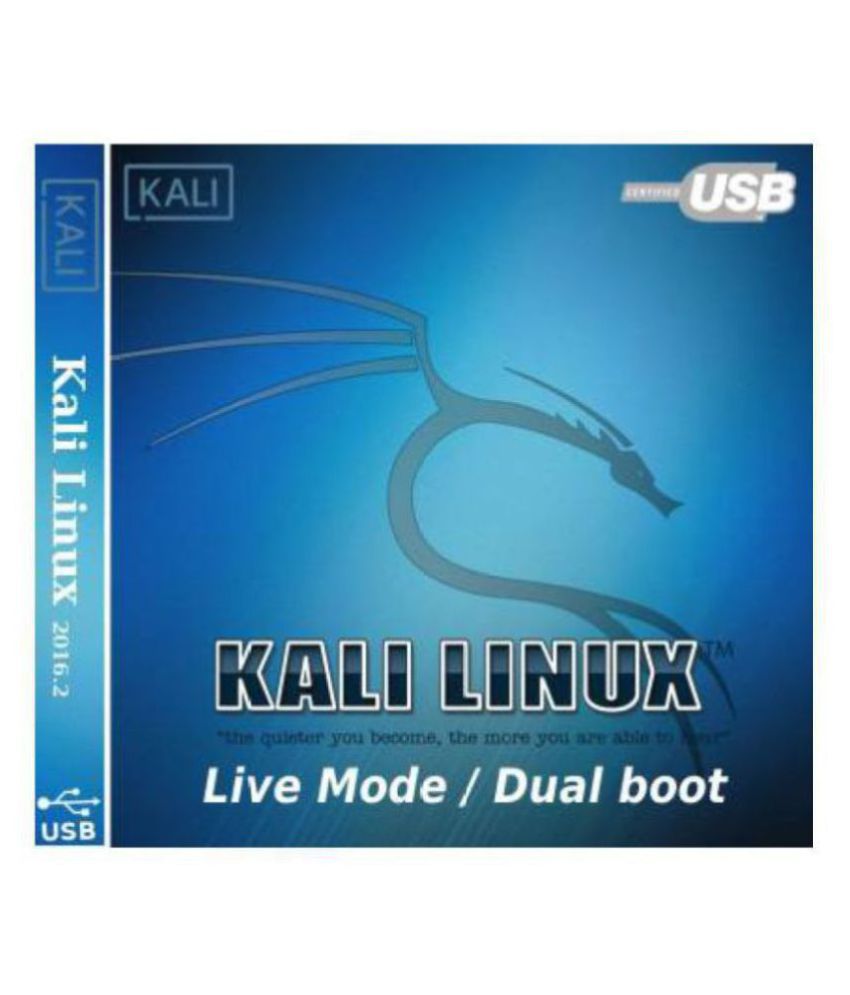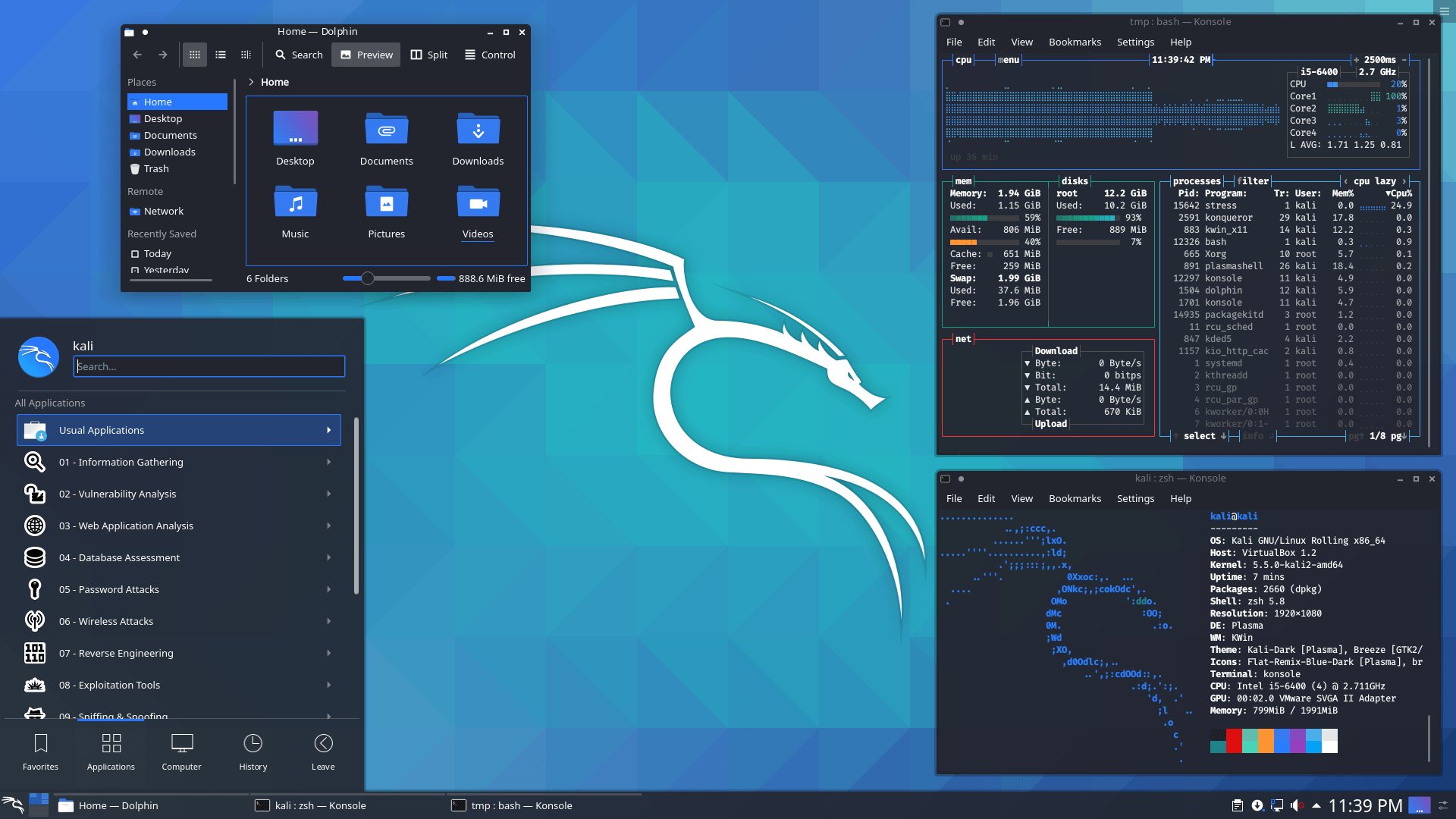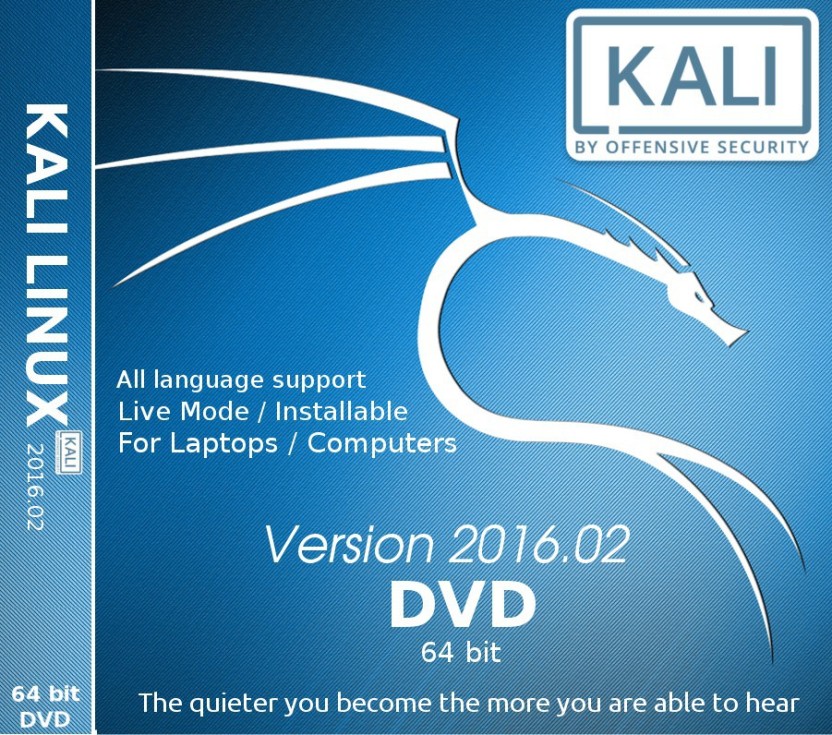
Double-Click on the new VM and click start.

Select “Install an operating system from a bootable CD/DVD-ROM”, select “Image file (.iso)” and select Browse to select the Kali Linux ISO provided in step 1.It dynamically expands as needed, so make it as large as you think you will need. For the Virtual Hard Disk, select the default or change the size of the disk (127GB by default).If you don’t have an option here, go back and configure a new virtual NIC. Select the virtual NIC you created in the second step from the drop down list next to Connection.Check Dynamic Memory if you want the Kali Linux VM to have access to additional memory when needed. Either keep the default for Startup Memory (512MB) or change to 1024 (MB).Type a name for the VM (kali) and click Next.On the right pane (Action), Click New, Virtual Machine.Create a new Virtual Switch by opening “Virtual Switch Manager” to enable VM networking.Ensure the latest version of Kali Linux ISO (Kali Linux 64 bit ISO) is on a local storage device (hard drive, USB drive, etc).If there isn’t, visualization technology, you won’t be able to check the box and enable install of “Hyper-V Platform”. Expand and Check the box next to Hyper-V.Open “Turn Windows Features on or off” and scroll down to “Hyper-V”.


Open the Start Screen, also referred to as Metro, (press the Windows Key) and search for “Windows Feature”.



 0 kommentar(er)
0 kommentar(er)
